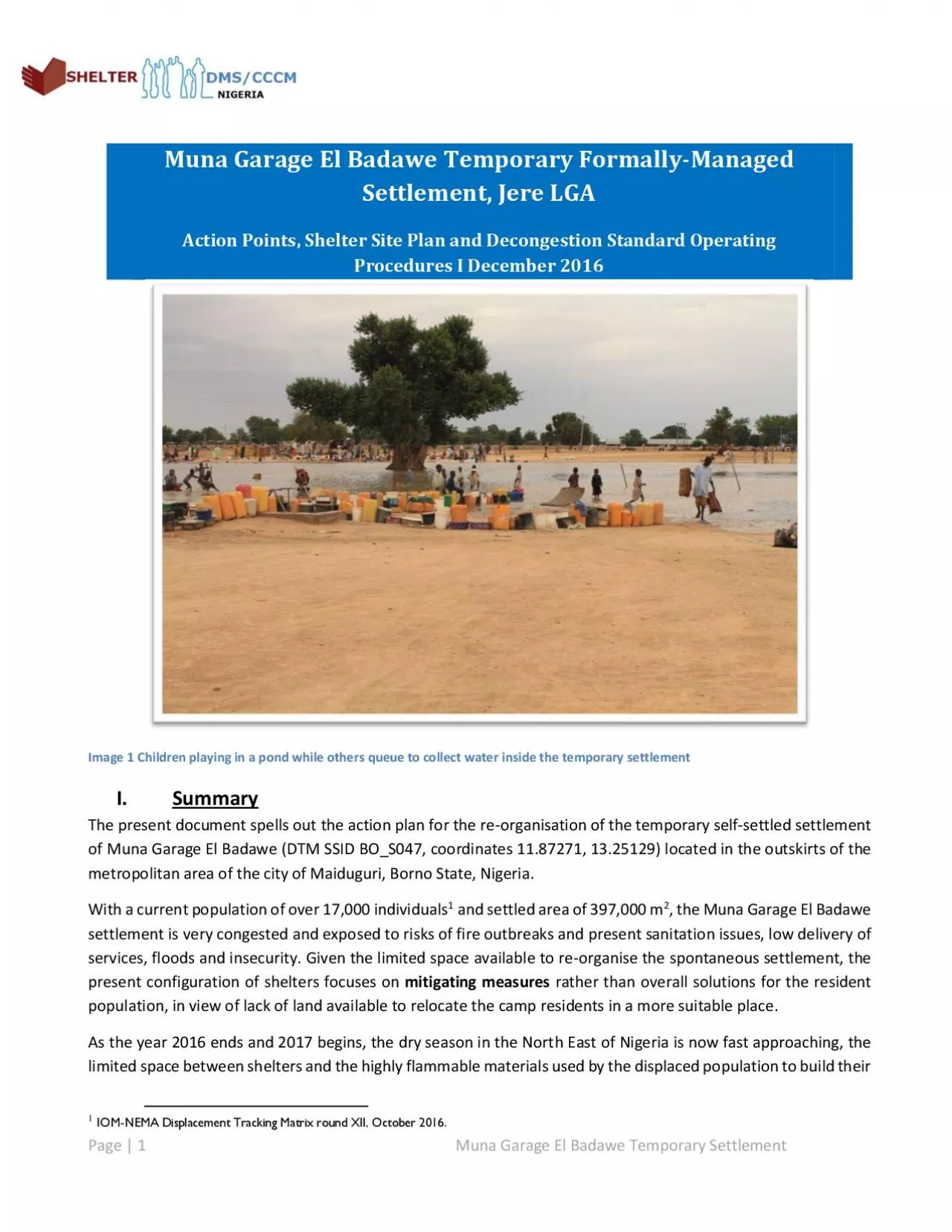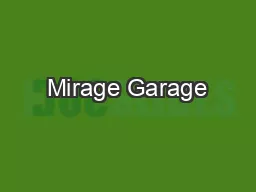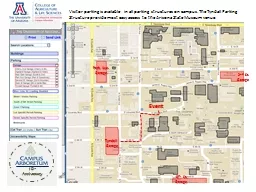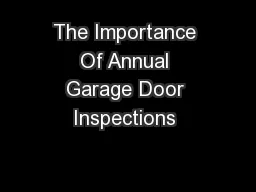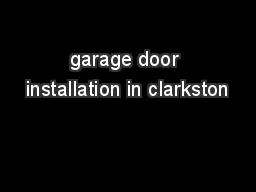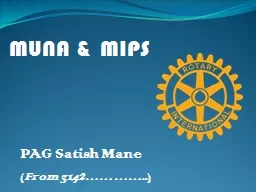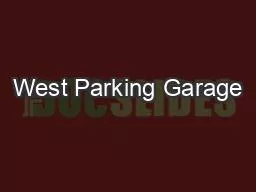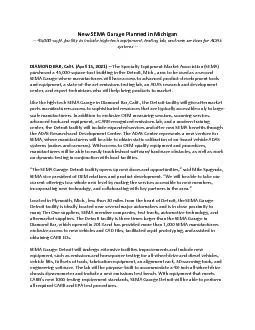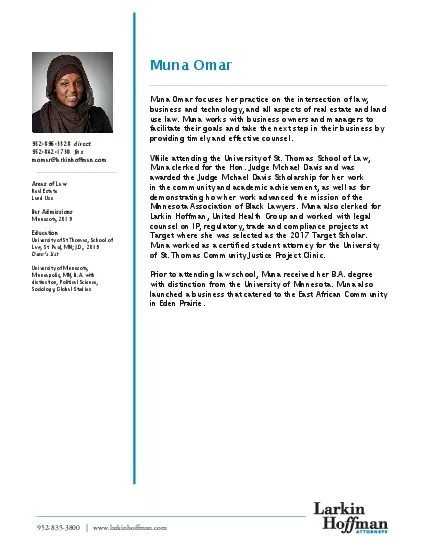PDF-Muna Garage El Badawe Temporary Settlement
Author : blanko | Published Date : 2021-08-05
Page 1Temporary FormallyManaged SettlementJere LGA Shelter Site Planand Decongestion Standard Operating Procedures I December2016Image1Children playing in a pondwhile
Presentation Embed Code
Download Presentation
Download Presentation The PPT/PDF document "Muna Garage El Badawe Temporary Settleme..." is the property of its rightful owner. Permission is granted to download and print the materials on this website for personal, non-commercial use only, and to display it on your personal computer provided you do not modify the materials and that you retain all copyright notices contained in the materials. By downloading content from our website, you accept the terms of this agreement.
Muna Garage El Badawe Temporary Settlement: Transcript
Download Rules Of Document
"Muna Garage El Badawe Temporary Settlement"The content belongs to its owner. You may download and print it for personal use, without modification, and keep all copyright notices. By downloading, you agree to these terms.
Related Documents

